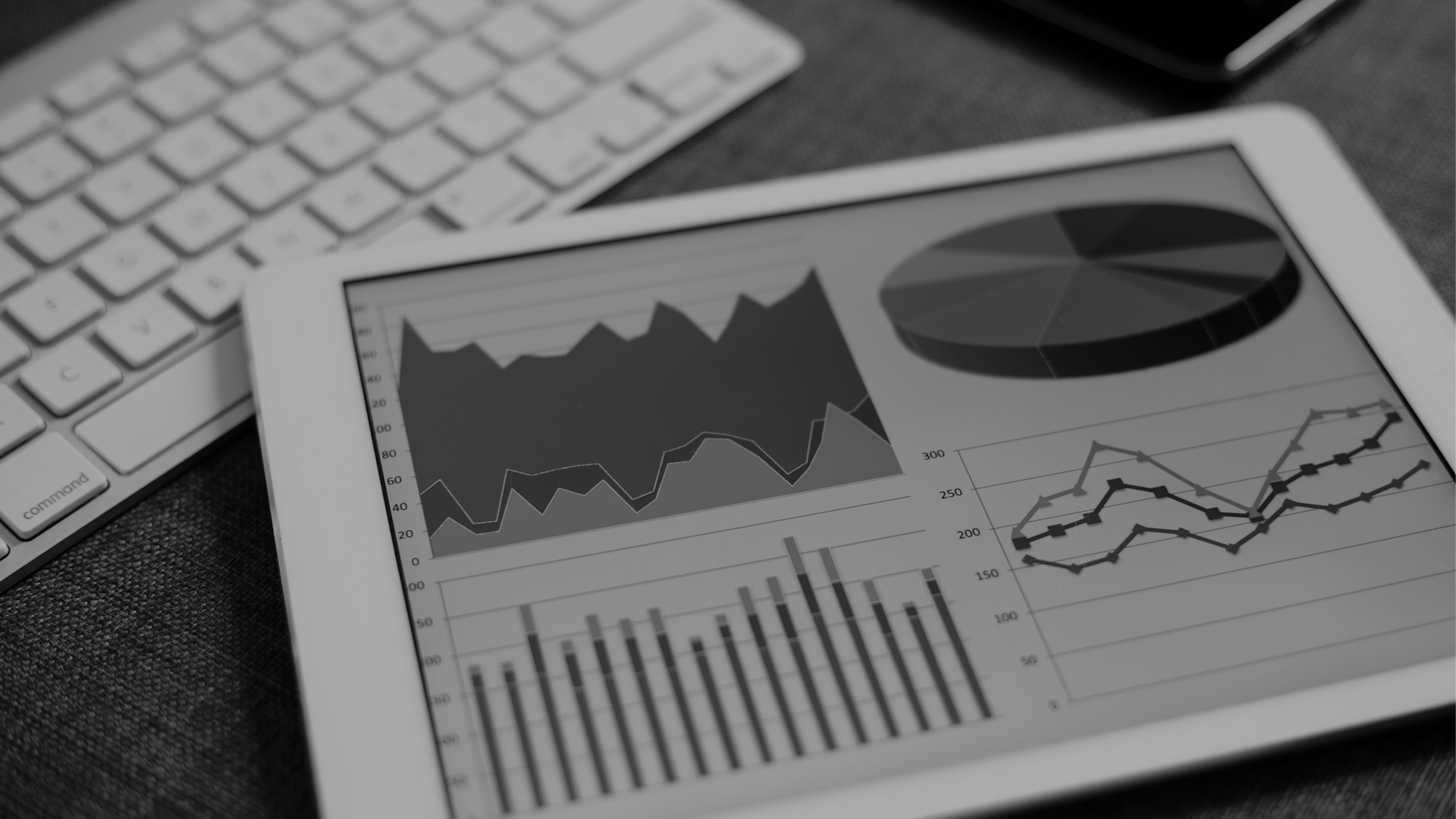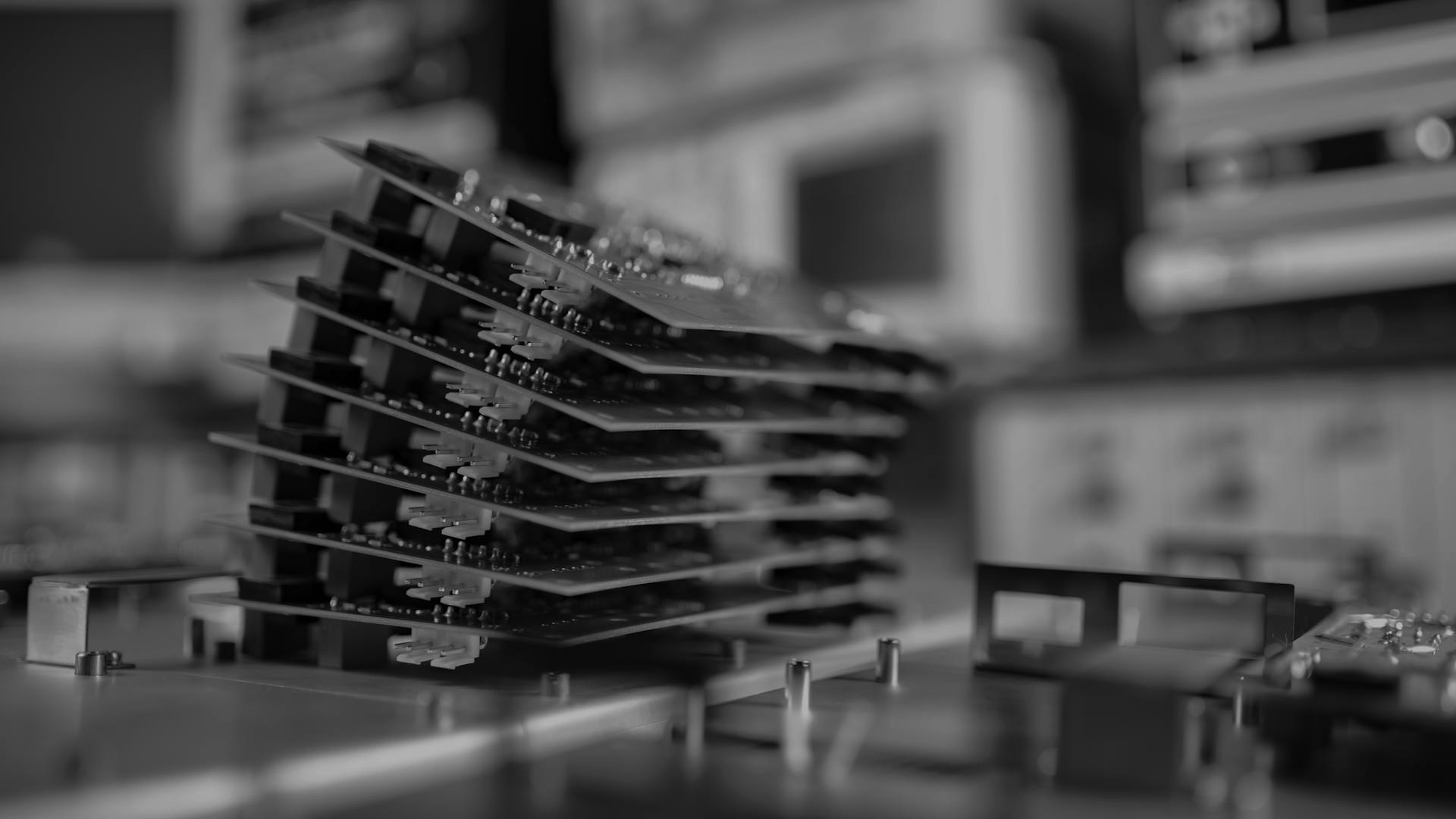Introduction
Water management is one of the most critical challenges facing communities worldwide. Droughts limit agricultural production and drinking water supplies, while floods can cause widespread damage to infrastructure and ecosystems. IoT (Internet of Things) solutions offer a way to mitigate these risks by deploying sensor networks, real-time analytics, and automated control systems. This technology-driven approach provides early warnings, optimizes water allocation, and helps communities become more resilient against both droughts and floods.
IoT in Drought Monitoring
Real-Time Data Collection
IoT sensors placed in key locations—such as reservoirs, rivers, and farmlands—continuously measure water levels, soil moisture, and local weather conditions. The data is sent to cloud-based platforms for analysis, enabling stakeholders to make timely decisions.
- Soil Moisture Sensors: Help farmers know exactly when and how much to irrigate, preventing water waste.
- Reservoir Monitoring: Tracks water levels to guide rationing and conservation strategies.
- Weather Forecast Integration: Combines local sensor data with predictive models for more accurate drought-risk assessments.
Precision Irrigation and Allocation
By pinpointing where water is most needed, IoT-driven irrigation systems reduce overall usage and prioritize critical areas. This ensures that finite water resources are allocated effectively, curbing the impact of prolonged dry spells.
- Smart Controllers: Automatically adjust sprinkler systems based on moisture readings and weather forecasts.
- Data-Driven Policy: Governments and water agencies can implement informed restrictions and guidelines.
IoT in Flood Monitoring
Early-Warning Systems
Flood sensors installed near waterways or in urban drainage systems detect rising water levels and send real-time alerts to authorities and residents. This quick communication enables rapid evacuation or structural reinforcement measures.
- Water Level Alarms: Automated triggers that text or call relevant emergency contacts.
- Rainfall and Flow Rate Monitoring: Identifies when water flows exceed safe thresholds, helping predict flash floods.
Infrastructure Protection
In addition to early warning, IoT sensors can monitor the integrity of dams, levees, and drainage systems. When signs of stress or damage appear, maintenance crews can intervene before failures occur.
- Structural Health Monitoring: Vibrations or pressure anomalies signal potential breaches.
- Smart Drainage: Automated gates or pumps redirect water flow to reduce flood risks in vulnerable areas.
The Role of Data Analytics
Connecting these IoT devices to cloud-based analytics and AI models amplifies their effectiveness. Algorithms can detect patterns indicating imminent drought or flood conditions, triggering targeted responses. Real-time dashboards also let policy makers, farmers, and emergency services coordinate resources in the most effective way.
Conclusion
Smart water management using IoT technology provides a proactive, data-driven strategy to cope with the extremes of drought and flooding. From precision irrigation systems to early flood warnings, these solutions help conserve essential water resources, protect infrastructure, and bolster community resilience. As climate change continues to disrupt global water cycles, investing in IoT infrastructure and analytics will be crucial for safeguarding livelihoods and sustaining local ecosystems.




